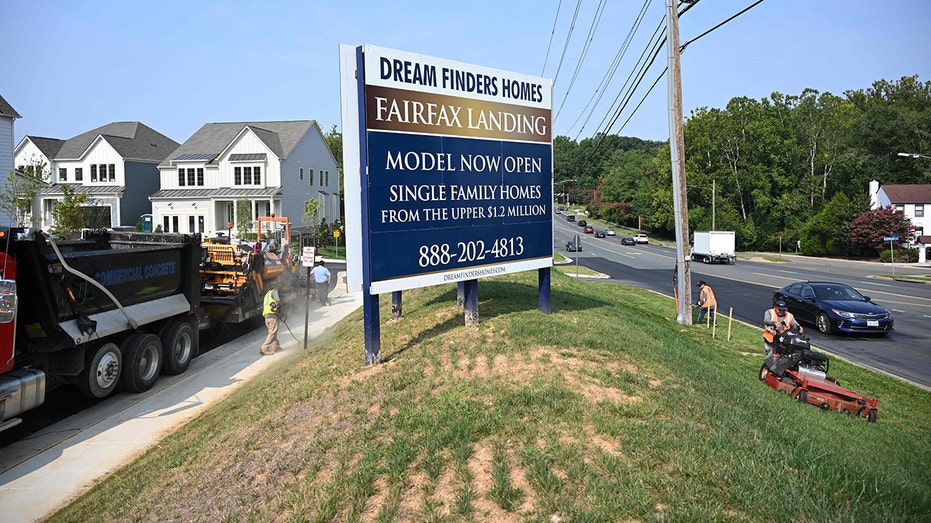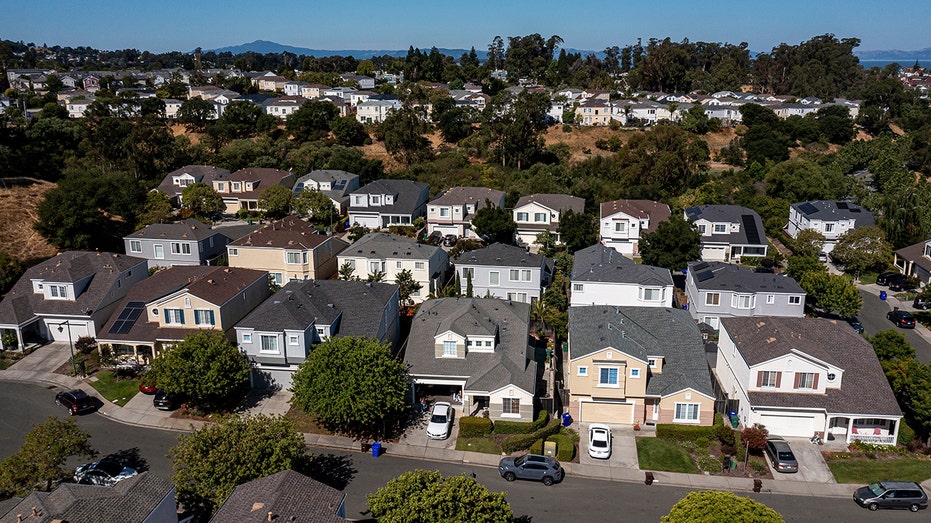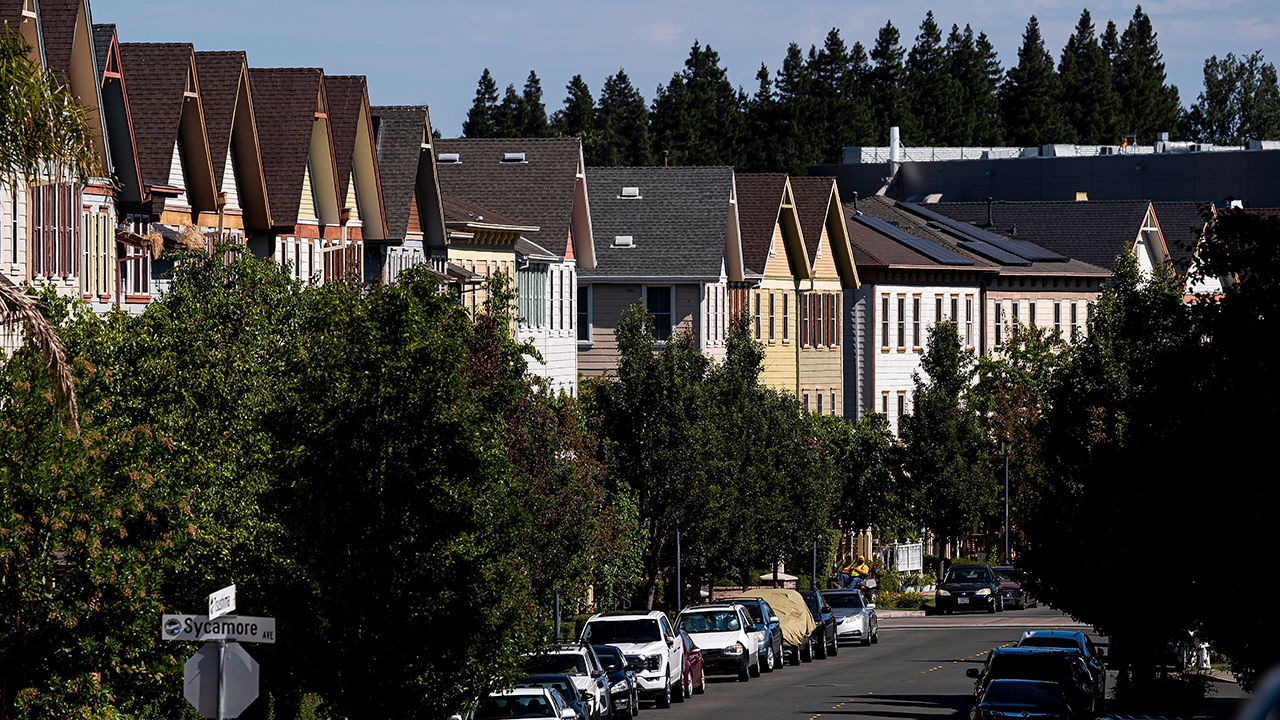Home foreclosures are on the upswing nationwide
Home foreclosures up 34% from same time last year
Housing already experienced a short-lived recession in 2022: Sheryl Palmer
Taylor Morrison CEO Sheryl Palmer discusses the headwinds facing the housing market after a drop in August on existing home sales on 'The Claman Countdown.'
Home foreclosures are on the rise as Americans continue to grapple with the ongoing cost-of-living crisis.
That is according to a new report published by real estate data provider ATTOM, which found that foreclosure filings – which includes default notices, scheduled auctions and bank repossessions – surged 28% in the third quarter to 124,539.
Foreclosures are up 34% from the same time one year ago.
"Even with the national economic upturn and job stability, it's evident that some homeowners are still grappling with the pandemic's financial aftermath or encountering new challenges," said Rob Barber, ATTOM CEO.
WHY CAN'T YOU FIND A HOUSE FOR SALE?

Affordability is worsening across the country, thanks to a spike in both home prices and mortgage rates. (Andrew Caballero-Reynolds/AFP via / Getty Images)
The report also indicated that there were 37,679 properties with foreclosure filings in September – up 11% from the previous month and up 18% from 2022.
Although foreclosures are on the rise, they remain well below the levels recorded during the 2008 financial crisis.
"Foreclosure starts are nearly back to where they were two years ago when the federal government lifted a pandemic-related moratorium on most foreclosure filings," Barber said. "This rise in foreclosures might also be attributed to pending filings finally processing."
However, the problem may soon get worse, thanks to the resumption of student loan payments.
MORTGAGE CALCULATOR: SEE HOW MUCH HIGHER RATES COULD COST YOU
Real estate experts are bracing for a significant blow to the market since the pandemic-era freeze on federal student loan payments officially came to an end at the beginning of October.
A recent poll conducted by Pulsenomics found that most economists said homeownership rates will be affected for at least a year by the resumption of student loan payments – and many predicted the impact could be longer than that.

The housing shortage has only served to boost consumer demand, which is keeping prices uncomfortably high. (David Paul Morris/Bloomberg via / Getty Images)
More than 75% of the survey respondents said that the payments will have a negative effect on homeownership that lasts for a year or more. About 40% predicted an even longer impact of at least three years.
On top of that, many of the economists believe the resumption of payments could significantly hit the U.S. homeownership rate, and nearly one-quarter expect it would cause an uptick in the delinquency rate.
About 44 million borrowers in the U.S. were affected by the payment pause, which initially began in March 2020 at the onset of the COVID-19 pandemic.
GET FOX BUSINESS ON THE GO BY CLICKING HERE
Collectively, borrowers are to resume paying about $10 billion a month, according to an analysis from JPMorgan.
The potential hit comes at an already precarious time for the housing market, thanks to the astronomic rise in mortgage rates over the past year. In fact, housing affordability is worse today than during the peak of the 2008 housing bubble.





















